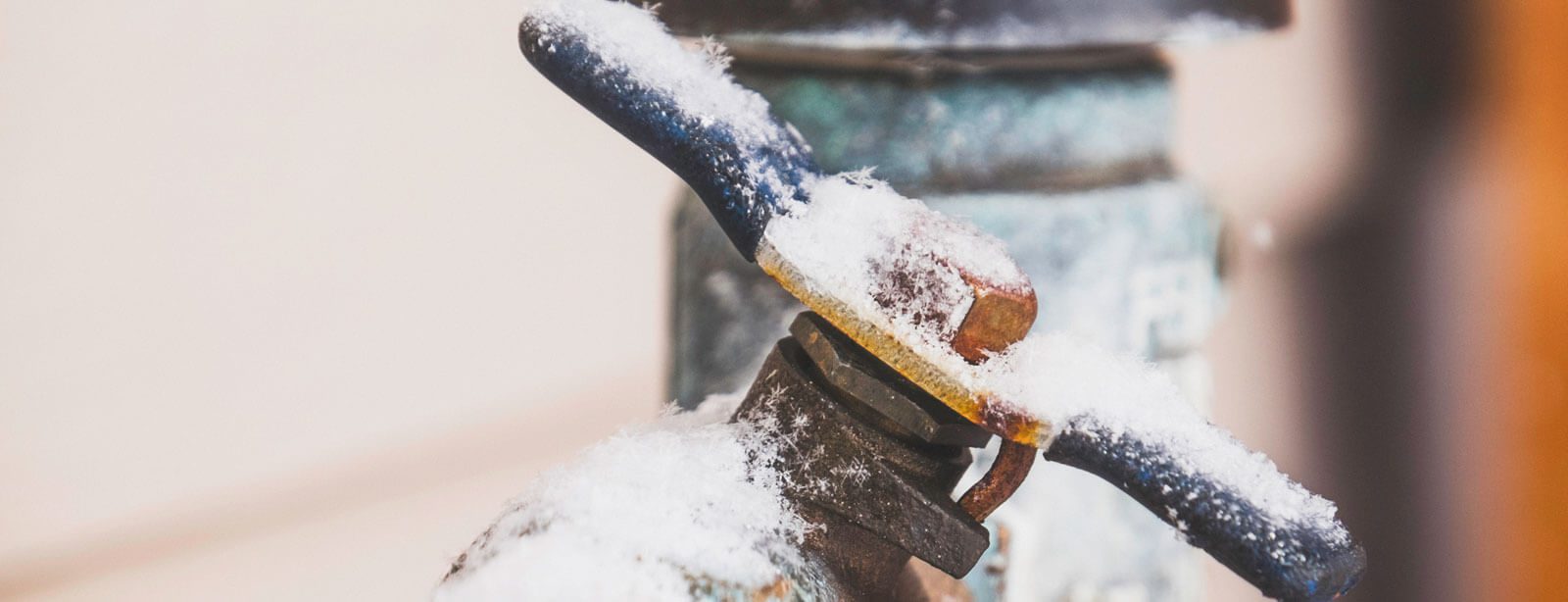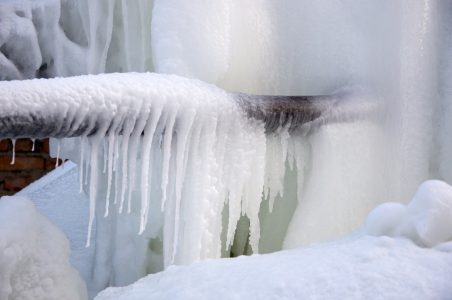Protecting Against Frozen Plumbing in Cold Weather: Expert Tips
Protecting Against Frozen Plumbing in Cold Weather: Expert Tips
Blog Article
Do you find yourself trying to find help on How To Avoid Freezing Pipes?

Cold weather can wreak havoc on your plumbing, especially by freezing pipes. Right here's exactly how to avoid it from occurring and what to do if it does.
Introduction
As temperatures drop, the risk of frozen pipelines rises, possibly causing expensive repair work and water damage. Recognizing just how to avoid frozen pipelines is vital for house owners in cold environments.
Comprehending Frozen Pipelines
What causes pipelines to freeze?
Pipelines freeze when revealed to temperatures listed below 32 ° F (0 ° C) for prolonged durations. As water inside the pipes ices up, it expands, taxing the pipeline walls and possibly creating them to burst.
Dangers and problems
Frozen pipes can bring about water supply interruptions, property damage, and costly repair services. Ruptured pipelines can flood homes and trigger substantial structural damage.
Signs of Frozen Pipeline
Determining frozen pipes early can prevent them from rupturing.
Just how to determine icy pipelines
Seek lowered water circulation from faucets, uncommon smells or noises from pipelines, and noticeable frost on subjected pipes.
Avoidance Tips
Protecting vulnerable pipelines
Wrap pipelines in insulation sleeves or utilize heat tape to shield them from freezing temperatures. Concentrate on pipelines in unheated or outside locations of the home.
Heating strategies
Keep indoor rooms appropriately heated, specifically areas with plumbing. Open up closet doors to allow warm air to flow around pipelines under sinks.
Protecting Outside Pipes
Yard hoses and outdoor faucets
Detach and drain pipes yard pipes prior to winter. Install frost-proof spigots or cover outdoor faucets with protected caps.
What to Do If Your Pipes Freeze
Immediate actions to take
If you think frozen pipelines, maintain taps available to eliminate stress as the ice melts. Use a hairdryer or towels soaked in warm water to thaw pipelines slowly.
Long-Term Solutions
Structural modifications
Think about rerouting pipelines far from outside wall surfaces or unheated areas. Add extra insulation to attic rooms, cellars, and crawl spaces.
Updating insulation
Purchase high-grade insulation for pipelines, attics, and walls. Proper insulation assists maintain constant temperatures and minimizes the risk of frozen pipelines.
Conclusion
Protecting against frozen pipes calls for proactive steps and fast responses. By comprehending the reasons, indicators, and preventive measures, house owners can shield their pipes throughout cold weather.
5 Ways to Prevent Frozen Pipes
Drain Outdoor Faucets and Disconnect Hoses
First, close the shut-off valve that controls the flow of water in the pipe to your outdoor faucet. Then, head outside to disconnect and drain your hose and open the outdoor faucet to allow the water to completely drain out of the line. Turn off the faucet when done. Finally, head back to the shut-off valve and drain the remaining water inside the pipe into a bucket or container. Additionally, if you have a home irrigation system, you should consider hiring an expert to clear the system of water each year.
Insulate Pipes
One of the best and most cost-effective methods for preventing frozen water pipes is to wrap your pipes with insulation. This is especially important for areas in your home that aren’t exposed to heat, such as an attic. We suggest using foam sleeves, which can typically be found at your local hardware store.
Keep Heat Running at 65
Your pipes are located inside your walls, and the temperature there is much colder than the rest of the house. To prevent your pipes from freezing, The Insurance Information Institute suggests that you keep your home heated to at least 65 degrees, even when traveling. You may want to invest in smart devices that can keep an eye on the temperature in your home while you’re away.
Leave Water Dripping
Moving water — even a small trickle — can prevent ice from forming inside your pipes. When freezing temps are imminent, start a drip of water from all faucets that serve exposed pipes. Leaving a few faucets running will also help relieve pressure inside the pipes and help prevent a rupture if the water inside freezes.
Open Cupboard Doors
Warm your kitchen and bathroom pipes by opening cupboards and vanities. You should also leave your interior doors ajar to help warm air circulate evenly throughout your home.

As a serious person who reads on Prevent Frozen Pipes , I figured sharing that piece of content was beneficial. Liked our blog posting? Please quickly share it. Let someone else find it. We value your readership.
Browse Our Site Report this page